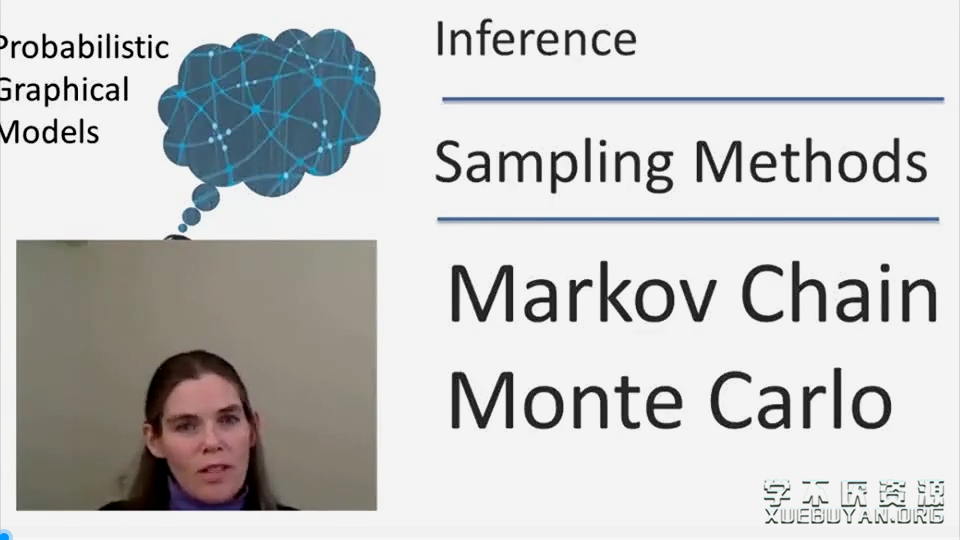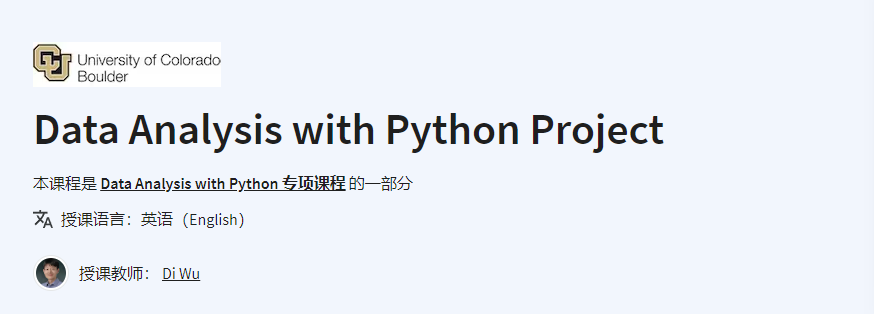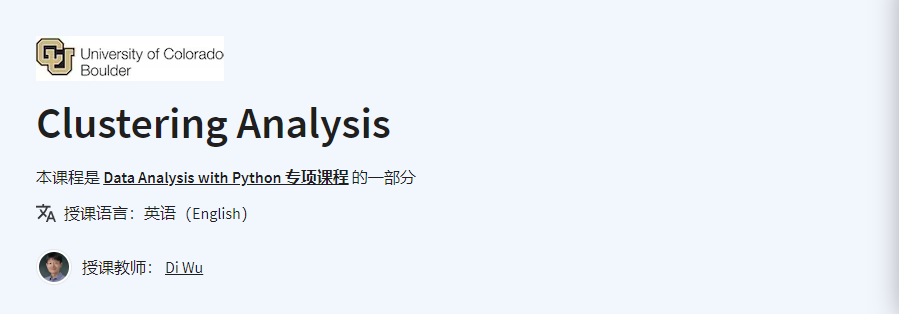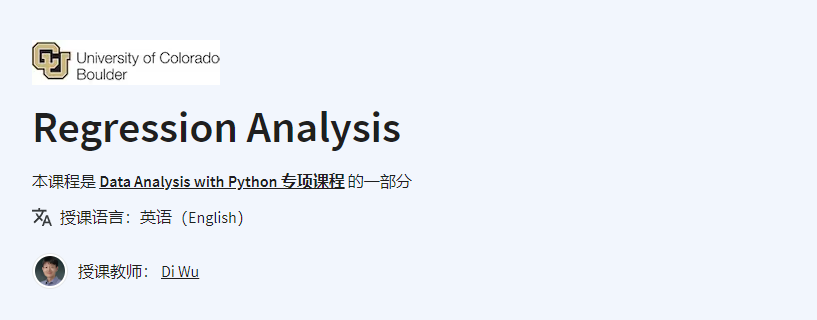
课程名称: Probabilistic Graphical Models 概率图模型
课程主页: 官网已下架
所在平台: Coursera
课程类别: 计算机科学
大学或机构: 斯坦福大学
讲师: Daphne Koller
授课语言: 英语
提供字幕: 英语
课程文件大小: 1.52GB
课程介绍:
What are Probabilistic Graphical Models?
Uncertainty is unavoidable in real-world applications: we can almost never predict with certainty what will happen in the future, and even in the present and the past, many important aspects of the world are not observed with certainty. Probability theory gives us the basic foundation to model our beliefs about the different possible states of the world, and to update these beliefs as new evidence is obtained. These beliefs can be combined with individual preferences to help guide our actions, and even in selecting which observations to make. While probability theory has existed since the 17th century, our ability to use it effectively on large problems involving many inter-related variables is fairly recent, and is due largely to the development of a framework known as Probabilistic Graphical Models (PGMs). This framework, which spans methods such as Bayesian networks and Markov random fields, uses ideas from discrete data structures in computer science to efficiently encode and manipulate probability distributions over high-dimensional spaces, often involving hundreds or even many thousands of variables. These methods have been used in an enormous range of application domains, which include: web search, medical and fault diagnosis, image understanding, reconstruction of biological networks, speech recognition, natural language processing, decoding of messages sent over a noisy communication channel, robot navigation, and many more. The PGM framework provides an essential tool for anyone who wants to learn how to reason coherently from limited and noisy observations.
In this class, you will learn the basics of the PGM representation and how to construct them, using both human knowledge and machine learning techniques; you will also learn algorithms for using a PGM to reach conclusions about the world from limited and noisy evidence, and for making good decisions under uncertainty. The class covers both the theoretical underpinnings of the PGM framework and practical skills needed to apply these techniques to new problems.
课程大纲
Topics covered include:
- The Bayesian network and Markov network representation, including extensions for reasoning over domains that change over time and over domains with a variable number of entities
- Reasoning and inference methods, including exact inference (variable elimination, clique trees) and approximate inference (belief propagation message passing, Markov chain Monte Carlo methods)
- Learning parameters and structure in PGMs
- Using a PGM for decision making under uncertainty.
There will be short weekly review quizzes and programming assignments (Octave/Matlab) focusing on case studies and applications of PGMs to real-world problems:
- Credit Scoring and Factors
- Modeling Genetic Inheritance and Disease
- Markov Networks and Optical Character Recognition (OCR)
- Inference: Belief Propagation
- Markov Chain Monte Carlo and Image Segmentation
- Decision Theory: Arrhythmogenic Right Ventricular Dysplasia
- Conditional Random Field Learning for OCR
- Structure Learning for Identifying Skeleton Structure
- Human Action Recognition with Kinect
To prepare for the class in advance, you may consider reading through the following sections of the textbook (discount code DKPGM12) by Daphne and Nir Friedman:
- Introduction and Overview. Chapters 1, 2.1.1 – 2.1.4, 4.2.1.
- Bayesian Network Fundamentals. Chapters 3.1 – 3.3.
- Markov Network Fundamentals. Chapters 4.1, 4.2.2, 4.3.1, 4.4, 4.6.1.
- Structured CPDs. Chapters 5.1 – 5.5.
- Template Models. Chapters 6.1 – 6.4.1.
These will be covered in the first two weeks of the online class.
课程压缩包下载地址(度盘链接):
友情提醒:
 学不厌资源
学不厌资源











评论前必须登录!
注册